BREATHING AND EXCHANGE OF GASES/RESPIRATION
Atmospheric oxygen→ Exchange→ CO2 produced by cells.
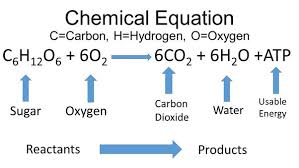
RESPIRATORY ORGANS
- Based on:-
(i) Habitats (ii) Levels of organisation
ORGANISM:-
- Sponges, coelenterates
- Flatworms
- Earthworm
- Insects
- Aquatic arthropods, molluscs, fishes
- Amphibians, reptile.s, aves, mammals.
MECHANISM:-
- Simple diffusion
- Moist skin
- Tracheal tubes
- Branchial/Gills
- Pulmonary/Lungs
Note:- Amphibians show cutaneous respiration all the time.
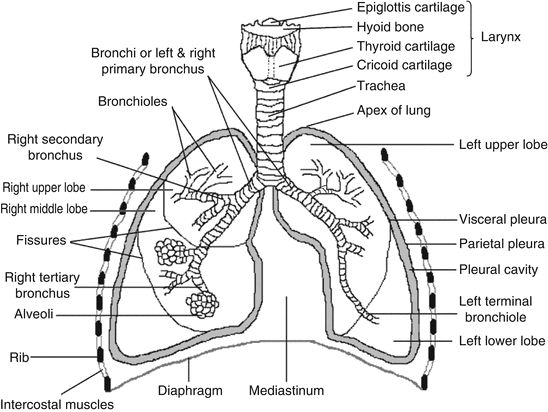
MECHANISM OF BREATHING
- Lungs, enclosed in an anatomically air tight thoracic chamber; essential for breathing as we cannot alter pulmonary volumes directly.
- Movement of air follows the pressure gradient.
- Specialised set of structures involved in breathing:-
Normal rate of breathing 12-16 times/minute in adult human
Inspiration Expiration
- Intrapulmonary pressure – Low High
- Pressure in the lungs w.r.t. atmosphere -ve +ve
- Shape of diaphragm Flat Dome-shaped
Note:- Additional muscles involved in expiration: Abdominal muscles.
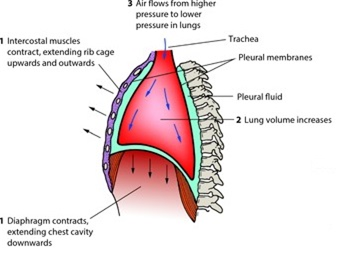
EXCHANGE OF GASES
- Partial pressure drives respiration
- Site of exchange
(i) Alveoli (Primary)
(ii) Between blood and tissues.
- Partial pressure::- Pressure contributed by an individual gas in a mixture of gases
Respiration steps:-
- Breathing/pulmonary ventilation
- Diffusion across alveolar membrane (less than 1 mm thick)
- Transport of gases by blood
- Diffusion b/w blood and tissues.
- Cellular respiration
Partial pressure of gases (mm Hg)
O2 CO2
Breathing/pulmonary ventilation 159 0.3
Diffusion across alveolar membrane (less than 1 mm thick)-104 40
Transport of gases by blood 95 45
Cellular respiration 40 45
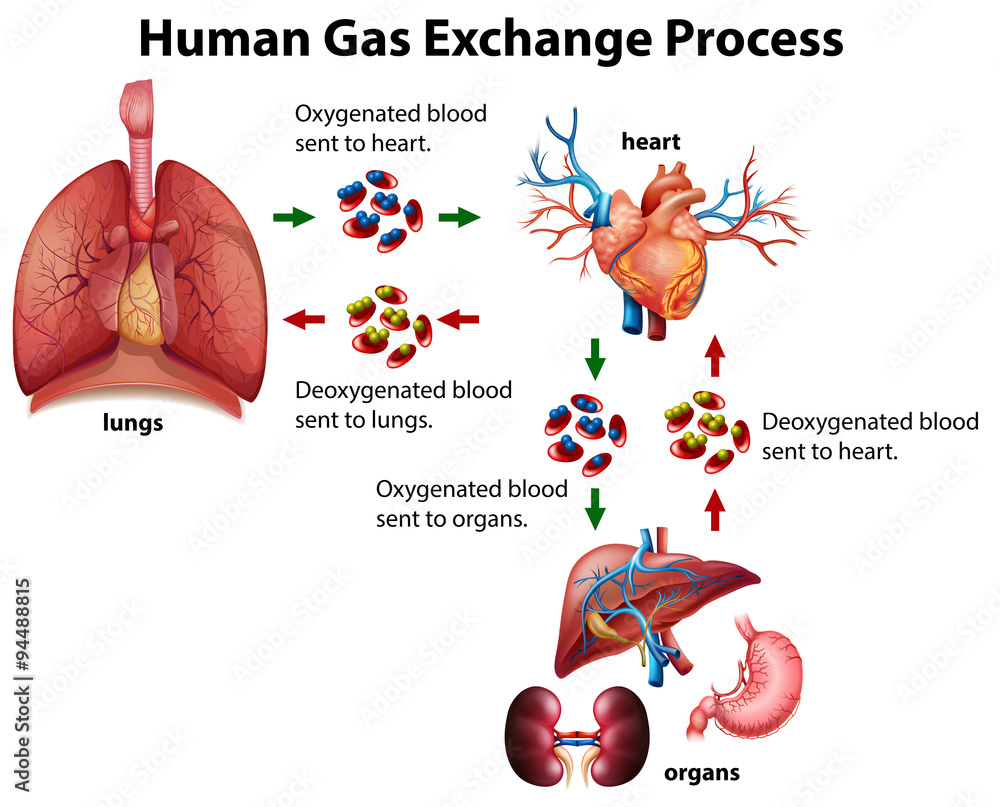
RESPIRATORY VOLUME AND CAPACITIES
- Instrument:- Spirometer
- Significance:- Clinical assessment of pulmonary functions.
Notes:-
- Minute volume;- TV x respiratory rate i.e. 500×12 = 6000-8000 mL
- Pulmonary capacity:- Addition of various respiratory volumes e.g. FRC= RV + ERV
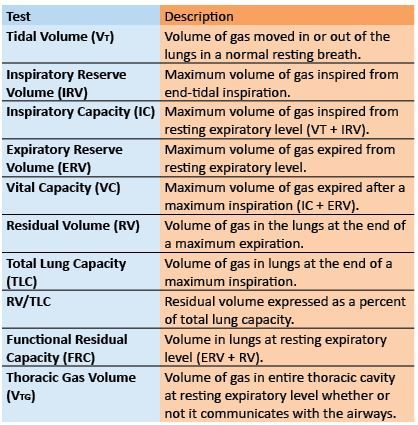
TRANSPORT OF GASES
Lungs→O2→Blood→Tissues
Oxygen
- 5 mL of O2 is delivered to the tissues by 100 mL of oxygenated blood.
- 3% dissolved in plasma
- 97% as oxyphaemoglobin
- Binding of O2 with Hb is primary related to PO2.
Carbon dioxide
- 4 mL of CO2 is delivered to alveoli by 100 mL of deoxygenated blood
- 7% dissolved in plasma
- 20-25% as carbamino-Hb
- Binding of CO2 with Hb is related to pCO2 as well as pO2.
Notes:-
- Each Hb, molecule carries or binds 4 oxygen molecules in a reversible manner.
- Oxygen dissociation curve obtained is sigmoid
- Maximum (70%) CO2 is transported as bicarbonates facilitated by enzyme carbonic anhydrase, which exists more in RBCs and minute quantities in plasma
CO2+ H2O →C, anhydrase→H2CO2→C,anhydrase HCO2 +H
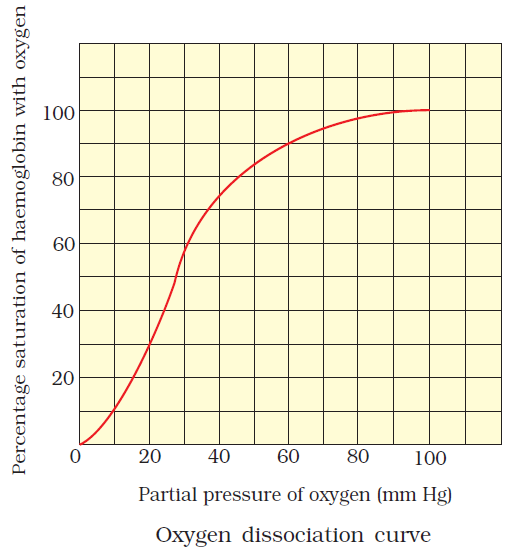
REGULATION OF RESPIRATION
- Humans have significant ability to maintain and moderate the respiratory rhythm to suit the demands of the body tissues.
Regions Pneumotaxic Chemosensitive Aortic Caroitid
involved Center Area receptor receptors
Location pons Medullary Aortic arch Carotid artery
oblongata
l____________l l________________________________________l
Reduces duration Respiratory adjustment
of inspiration
l_______________________________________________________________l
Sensitive to ↑pCO2, ↑ H+
Influence
Medulla oblongata
Primary respiratory rhythm center
Note= The role of oxygen in the regulation of respiratory rhythm is quite insignificant.
DISORDERS
Diseases Impact zone Characteristic(s)
Asthma – Inflammation of – Wheezing sound
bronchi, bronchoiles
Emphysema – Alveolar wall damage- Respiratory surface decreased
in chronic cigarette smokers
Ocupational- lungs – Fibrosis, lungs damage
respiratory disorder
Note- Masks gives protection to workers engaged in industries that are involved in dust producing, grinding and stone breaking.
- Breathing, also known as respiration, is the process by which organisms take in oxygen from the environment and release carbon dioxide. In humans, breathing involves the movement of air into and out of the lungs.
Breathing in humans is facilitated by the respiratory system, which includes the nose, mouth, trachea (windpipe), bronchi, and lungs. During inhalation, the diaphragm and intercostal muscles contract, expanding the chest cavity and drawing air into the lungs. During exhalation, these muscles relax, allowing the lungs to deflate and expel air
- The respiratory system is responsible for exchanging gases (oxygen and carbon dioxide) between the body and the environment. It also helps regulate pH balance, remove waste products, and support vocalization.
- Breathing refers to the physical process of inhaling and exhaling air, while respiration refers to the biochemical process by which cells extract energy from nutrients and produce ATP (adenosine triphosphate). Respiration occurs at the cellular level within mitochondria.
- The main respiratory gases are oxygen (O2) and carbon dioxide (CO2). Oxygen is essential for cellular respiration and energy production, while carbon dioxide is a waste product of cellular metabolism.
Oxygen is transported in the blood bound to hemoglobin, a protein found in red blood cells. It can also dissolve in the plasma. Oxygen is delivered to tissues throughout the body via the circulatory system
Gas exchange is the process by which oxygen and carbon dioxide are exchanged between the bloodstream and body tissues. Oxygen diffuses from the alveoli in the lungs into the bloodstream, while carbon dioxide diffuses from the bloodstream into the alveoli to be exhaled
Factors that affect gas exchange in the lungs include the surface area and thickness of the respiratory membrane, the partial pressures of oxygen and carbon dioxide, and the ventilation-perfusion ratio (matching of airflow to blood flow)
- Efficient gas exchange is essential for providing oxygen to cells for cellular respiration, which produces ATP and supports metabolic activities. It also helps remove carbon dioxide, a waste product of metabolism, from the body.
- Respiratory disorders include conditions such as asthma, chronic obstructive pulmonary disease (COPD), pneumonia, bronchitis, and emphysema. These disorders can impair lung function and gas exchange, leading to breathing difficulties and reduced oxygen delivery to tissues.